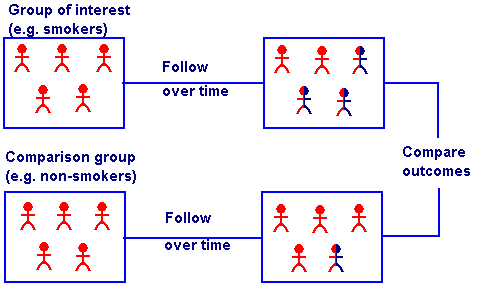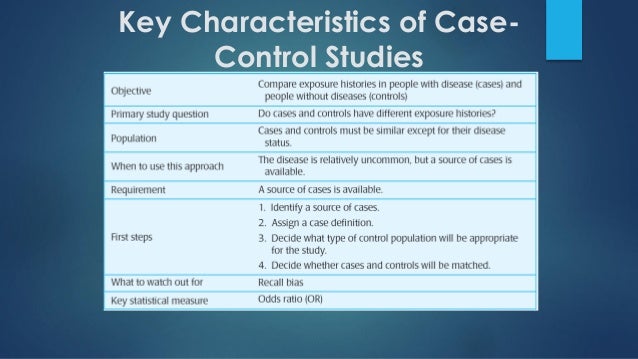
They can also be particularly useful for ascertaining consumer trends if you’re trying to research consumers with a specific common characteristic. Often, these studies can go on for years. In cohort studies, the behaviors of the selected group of people are observed over time to find patterns and trends.

Cohort studies are regularly conducted by medical researchers to ascertain the effects of a new drug or the symptoms of a disease. Cohort StudyĪ longitudinal cohort study is one in which we study people who share a single characteristic over a period of time.

Observing the same set of people can make sure that what you’re observing is a change over time. If you pick a different sample, variations in individual preferences could skew your results. In panel studies, it is crucial that the same set of people be studied over time. With Surveysparrow’s results dashboard, we make it easier for you to conduct such analysis of your collected data. Through the data from online surveys, you can identify common patterns in the responses from your sample (which remains the same over time). Panel studies are designed for the purposes of quantitative analysis. By doing so, panel studies can identify cultural shifts and new trends in a larger population. A panel study is simply observing that sample size over time. When we want to find out trends in a larger population, we often use a sample size to survey. When you understand all three types of longitudinal studies, you’ll be able to pick out the one that’s best suited to your needs. There are different studies based on your needs. When talking about what is a longitudinal study, we cannot go without also discussing the types of longitudinal research design. Longitudinal research design is also used in medicine to discover predictors of certain diseases. They are also helpful in political polling and sociology, observing life events and societal shifts over time. Longitudinal studies are used in fields like clinical psychology to measure a patient’s thoughts over time, or in market research to observe consumer trends. The applications of knowing what is longitudinal studies are plenty. It can be tremendously useful in a variety of fields to be able to observe behavior or trends over a period of time. The observations over a period of time might be undertaken in the form of an online survey. That’s the kind of thing that longitudinal research design measures.Īs for a formal definition, a longitudinal study is a research method that involves repeated observations of the same variable (eg.

Like with Sonia, her preferences for eggs changed since she watched the documentary. The passing of time could influence the responses of the same person to the exact same question. The simplest way to understand what is a longitudinal study is to think of it as a survey taken over time.

But for now, let’s try to understand what is a longitudinal study. If you need to observe certain trends, behaviors, or preferences over time, you can use a longitudinal study.Īt Surveysparrow, we have just the right survey templates to help you with longitudinal studies. That’s why your business needs to understand what is a longitudinal study.Īt times, a one-off survey simply isn’t enough to give you the data you need. They are constantly shifting, and one survey taken years ago is not going to give you an accurate picture of the shifts in trends. There was no way for Sonia to communicate this new preference to her grocery delivery app.īut that’s the thing about consumer trends. She was financially stressed and couldn’t afford to pay more for free-range eggs, so she picked the normal ones.īut last night, she had watched a popular documentary on Netflix about how hens were treated in cages, and now felt much more strongly about wanting to buy free-range eggs. A few months ago, a survey from a grocery delivery app had asked her if she preferred normal eggs or the free-range ones.


 0 kommentar(er)
0 kommentar(er)
